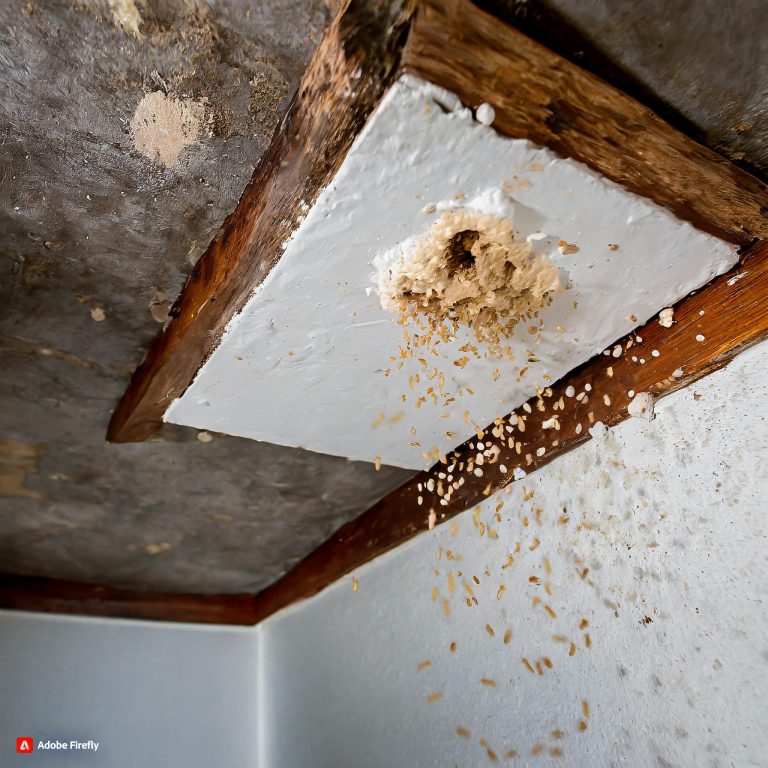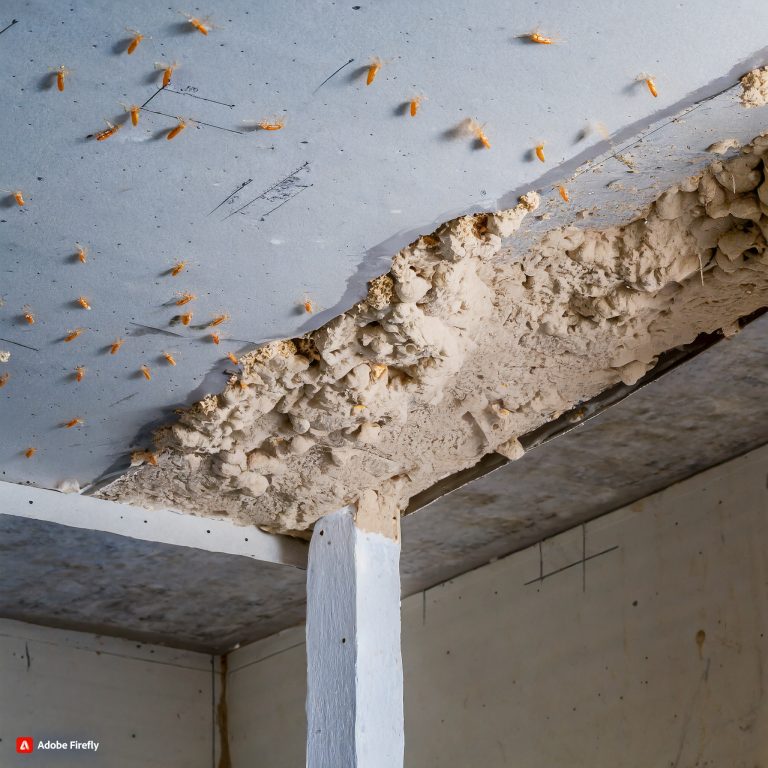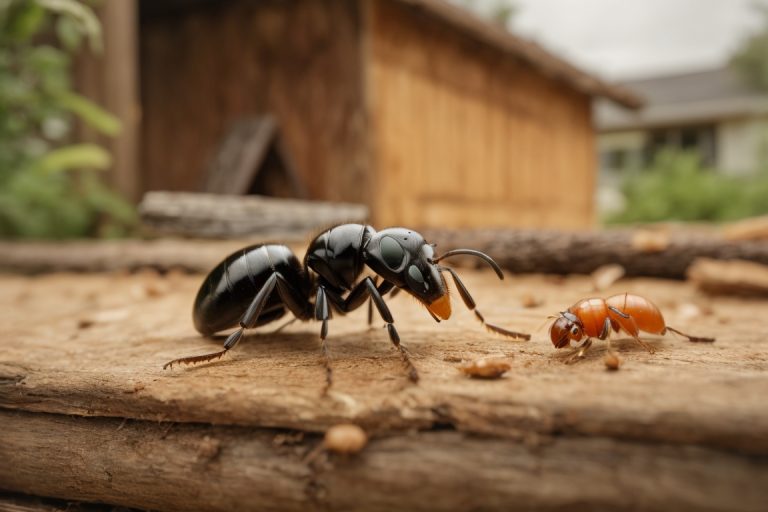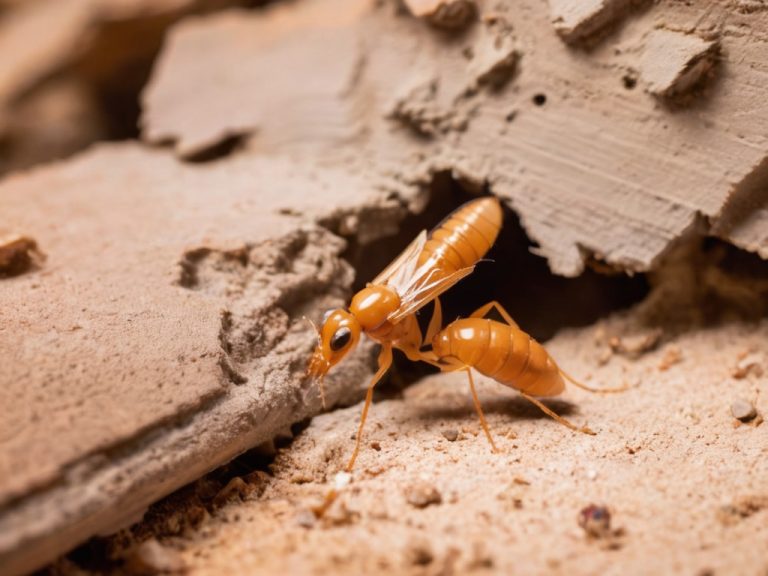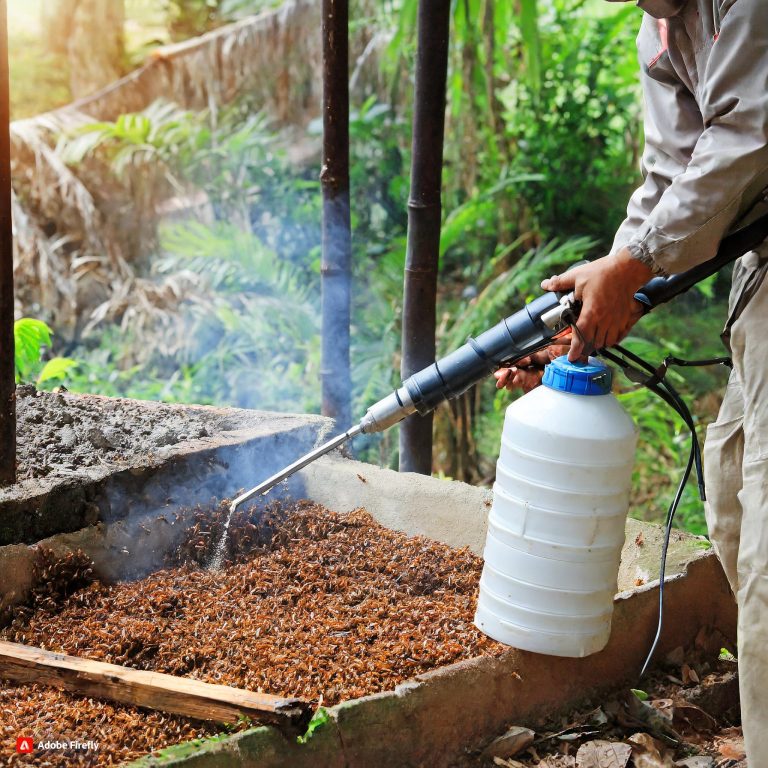How to Gets Rid of Termite Holes in Wall (2024)
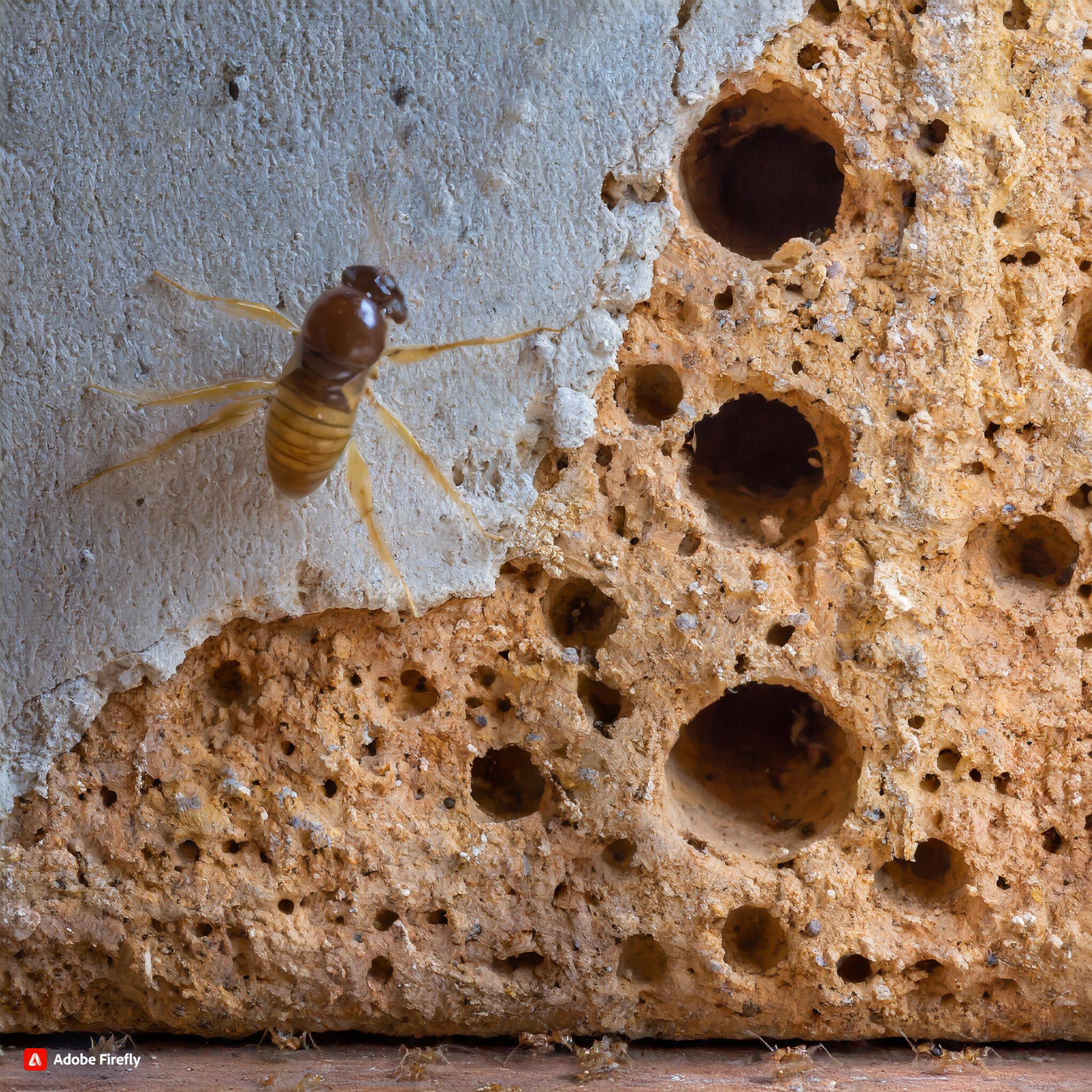
Termites are one of the most damaging pests that can infest your home. If you discover termite holes in your walls, it likely means you have an active infestation inside the wall structure that requires immediate attention. Termite control for getting rid of termite holes in walls involves both removing the termites and repairing the physical damage they have caused in your drywall. This comprehensive guide explains how to identify termite wall damage, choose the right termite treatment options, eliminate termite holes safely, and prevent future infestations.
Signs of Termite Holes in Walls
Termites are sneaky pests that often go undetected for years while they slowly eat away at the wood in your home. Here are some of the most common signs of termites holes and damage in walls that signal a possible infestation:
- Small pinholes in your wallboards, ceiling, or other wood structures
- Hollow sound when tapping on walls
- Detect signs like bubbling or peeling paint or wallpaper which may indicate termites in your walls.
- Wood that feels spongy or brittle
- Sagging doors, floors, or ceiling
- Mud tubes emerging from cracks
If you spot any signs of holes or wood damage inside your home, it’s important to take action quickly. The longer a termite infestation goes untreated, the more severe and expensive the damage can become.
Termite Wall Damage
There are two main types of termites that can bore into and severely compromise the structure of your walls:
1. Subterranean Termites
These termites invade the home from nests underground and build mud tunnels to gain access. They prefer damp wood and cellulose material to feed on. In walls, subterranean termites damage:
- Wall studs
- Bottom plates
- Termite inspection should involve checking support posts for any sign of termite activity.
- Insulation
They can hollow out these wooden structural components completely while leaving just a thin outer layer, severely compromising the stability of the wall.
2. Drywood Termites
As the name suggests, drywood termites thrive in drier, higher areas of the structure away from soil contact. They fly into the wall voids through cracks or openings. Drywood termites damage wood from the inside out by carving out tiny connected galleries that eventually take on the appearance of pellets or grain-like particles. In walls, this frass pellets can pile up on:
- Wall plates
- Studs
- Insulation
- Wiring
Left alone long enough, both termite species can critically undermine the structural integrity of walls and the overall building. That’s why getting an expert inspection and termite treatment is crucial at the first sign of an infestation.
How to Get Rid of Termite Holes in Walls
If you detect signs of termites actively infesting the walls, using DIY sprays or powders is not advisable within wall voids or on drywalls. The most effective way to get rid of termites in walls and eliminate the risk of further damage is by hiring a professional pest control company.
Professional Termite Treatment Options
- Liquid soil treatments: For subterranean termites, a termite technician can trench around the foundation and create an interior and exterior chemical barrier with Termidor, Premise, or Phantom liquid products. This provides whole-structure protection.
- Foams are used in termite control for treating areas where termites live. For in-wall drywood termite elimination, borate-based foams containing Tim-Bor or Bora-Care completely flood wall and stud spaces with insecticide. The foam bonds well to wood and continues working for years.
- Fumigation is one of the most effective methods for termite control. For heavy multi-structure infestations with termites live, fumigating with Vikane gas permeates through all cracks, crevices, and drywalls in the home’s framework. Whole-building heat or tenting may be necessary.
- Bait systems: Using cellulose bait cartridges placed around the structure containing Noviflumuron, Hexaflumuron, or other termite bait ingredients lures workers to slowly kill off the termite activity.
- Orange oil & heat: Orange guard or Vikane alternative fumigants paired with heat methods offer lower-toxic solutions for inaccessible spaces.
Professional pest control companies have the experience, specialized tools, and state licensing to perform these treatments safely and effectively. Technicians also include structural repairs in their services to patch walls, reinforce supports, and prevent future termite access.
How to Repair Termite Damage in Walls
In addition to chemical termite treatments, fixing physical termite damage is the next important step. Here is the basic process:
- Inspect and locate: Have a contractor inspect the full extent of Damage to: open up walls, detach facing materials, and map which areas need patching or rebuilding.
- Remove & replace: Remove irreparable termite-eaten wall studs, sheathing, sills and headers. Replace with pressure-treated lumber.
- Patch & paint: Patch torn drywall and holes caused by termite activity with joint compound and fiberglass mesh. Prime and paint walls with mildew-resistant exterior grade paint to prevent both water damage and termite infestation.
- Weatherproof: Caulk and seal all exterior cracks, crevices, joints around doors or windows through which termites can enter.
- Check moisture: Improve drainage, gutters and downspouts if excess moisture is contributing to termite conduciveness. Consider moisture barriers.
Proper structural fumigation and repairs by qualified contractors gives you the best chance of eliminating termite problems in walls for good. Preventative termite treatments during new builds also helps reduce this risk upfront.
Do-It-Yourself Prevention of Termites in Walls
While major termite damage requires professional extermination and repairs, there are some DIY prevention best practices homeowners can follow:
- Remove wood debris and form boards around the home’s exterior.
- Ensure exterior walls, drywall finishes and landscaping slope away from the foundation for good moisture runoff for better termite control.
- Ventilate crawl spaces under homes and reduce moisture sources.
- Store lumber, mulch and wood piles far from the structure.
- Inspect the foundation and drywall yearly for new mud shelter tubes, exit holes or any sign of termite activity.
Catching termites early and limiting what draws them inside reduces the chances of severe wall damage happening down the road. Contact pest control specialists at the first signs.
FAQs About Eliminating Termite Holes in Walls
What if I can’t afford termite treatment?
Explore payment plans with extermination companies or financing options through home equity loans or low-interest loans. The costs of repairing untreated termite destruction will be much higher over time.
How long until termites destroy a wall?
On average, it takes 3-8 years of a termite infestation before major visible structural damage becomes evident. However, termites can destroy load-bearing walls, supports and internal frameworks in less than two years if left alone. Acting quickly is key.
Do termites return after treatment?
It’s possible for termite colonies to return if conditions still favor them, or an annual inspection reveals gaps in the chemical treatment. Top PCOs offer warranties and monitor posts regularly for reinfestation. Maintaining the home’s outer barrier and drywall is the best prevention against any termite activity.
What’s the most effective termite treatment?
Modern Termidor liquid termiticide provides the longest residual protection (8+ years) as both a repellent and lethal non-repellent barrier to a broad spectrum of termites. Multiple treatment methods combined provide the most comprehensive protection against reinfestation.
Key Takeaways
- At the first signs of termite wall damage like tubes or holes, contact a pest professional for an inspection and accurate identification. Treatment delays worsen the problem.
- Completely eliminating termite colonies living inside walls and drywalls requires effective termite control methods like fumigating, treating surrounding soils, baiting, foam insulation, and sometimes tenting methods.
- Fixing physical damage involves removing damaged wall sections, replacing supports, weatherproofing, sealing entry points, regulating moisture, and preventative outdoor barriers to contain the infestation.
Termites are capable of causing extensive, costly damage to any home if wall infestations are ignored. Getting annual inspections and acting quickly at the first signs of an issue will help resolve problems before they escalate into bigger headaches. With the right pest control expert partners and prevention discipline as a homeowner, defending against termites is very doable.

